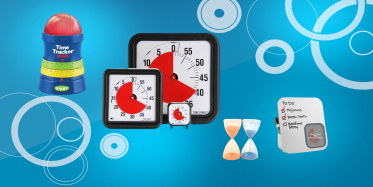FAQ
What is the most effective ADHD medication for adults?
Long-acting stimulants have been found the most effective medication for ADHD adults. Examples of long-acting ADHD medicine include Daytrana, Adderall XR, Concerta, Vyvanse and Focalin XR.
What is the best medication for ADHD and anxiety?
If ADHD is the cause of anxiety then ADHD medication may solve the problem. If anxiety is a comorbid condition you doctor will have to determine the correct medication. Stimulants, Atomoxetine, and some SSRIs are recommended for children with anxiety and ADHD. The most likely prescription for anxiety and ADHD is stimulant medication. In some cases, this can increase anxiety. If so, your doctor may prescribe a non-stimulant medication like Atomoxetine (Strattera). Sometimes, anti-depressants or high blood pressure drugs are used to treat anxiety and ADHD. You need to consult with a doctor to find the right medication to treat both your anxiety and ADHD.
What are the long term side effects of ADHD medication?
Long-term use of some ADHD medications may cause side effects and risks such as heart disease and high blood pressure. Each person is different and each brand of ADHD medicine may have different side effects. There is also the risk of addiction if ADHD is taken over an extended period. To avoid any complications and get the full benefit of ADHD medicine only take it under medical supervision.
How does ADHD medication make you feel?
Each person experiences ADHD medication differently. Some people on ADHD meds feel calm, moody, sleepy, energetic, focused, euphoric or self-confident. Luckily there are many different ADHD medicines so that if you experience side effects or a weird feeling when taking one form of ADHD medication you can talk to your doctor about trying a different brand. The right ADHD medication will make the challenges of ADHD symptoms easier to cope with.
Are ADHD medications safe?
The stimulation medicines most commonly prescribed for ADHD are considered safe. Long term use of ADHD medicine especially in people with preexisting health
















